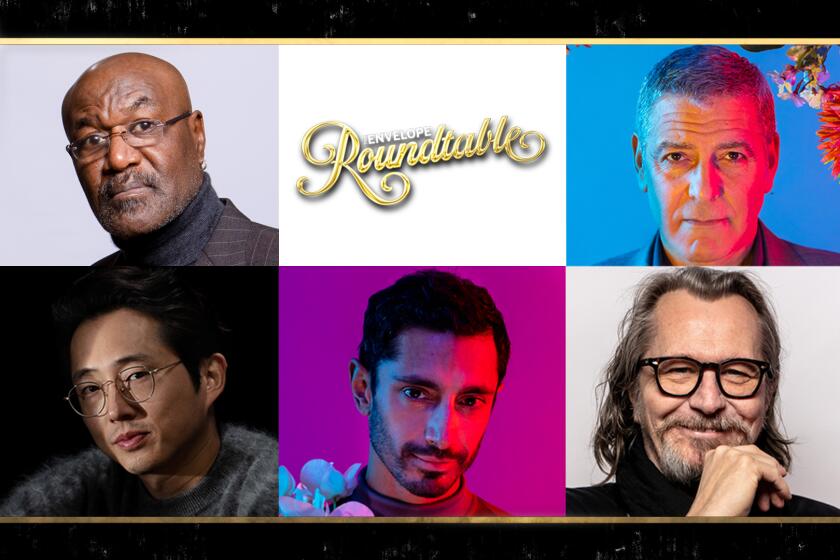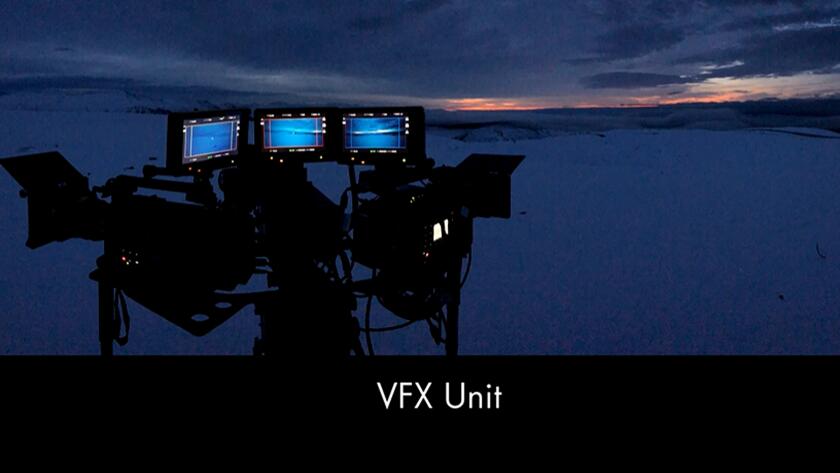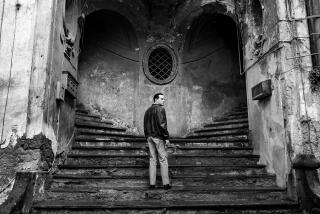âMidnight Skyâ design blends âtragic destruction, otherworldly sense of whatâs possibleâ
Cinematic visions of the near future are often bleak, but in George Clooneyâs âThe Midnight Skyâ production designer Jim Bissell wanted the stark environments to also have a sense of poetry. The film, set following an undefined global catastrophe, follows a lone scientist (Clooney) as he journeys across the Arctic with a mysterious young girl in hopes of stopping the spaceship Aether from returning to the catastrophe that Earth has become.
For Bissell, who worked closely with cinematographer Martin Ruhe and VFX supervisors Matt Kasmir and Chris Lawrence, the visuals needed to evoke the sense of isolation felt through the narrative.
âThe thing thatâs interesting about the script was that I knew it was not going to be a typical plot-driven design,â Bissell says. âItâs not really structured that way â itâs much more elegiac. Itâs a meditation on a lot of things. The environments needed to be very affecting on a very primary level with all the senses, as opposed to stuff you just react to and move on from. And George knew it. He asked that it not look like a typical space movie.â
Riz Ahmed, George Clooney, Delroy Lindo, Gary Oldman and Steven Yeun take us inside their new films and open up about their insecurities.
The biggest challenge was the Aether itself, which was partially constructed on a soundstage in London and partially created using visual effects. The rotating white ship was inspired by NASAâs design for the 2011 Nautilus X but also brings in some potential future technologies such as 3-D printing. Itâs composed of inflatable habitats, which are currently being developed by NASA, and an endoskeleton and exoskeleton created using topological optimization as the guiding principal.
âItâs viable,â Bissell confirms. âIt has an environment the characters can interact with. You understand what their living conditions are. Long-term space travel can make you crazy, so you have to design something where they donât kill each other after 2½ years together. That constantly fed into the themes of isolation and communication and the fragility of life. I thought it was really interesting how we found a good way to resonate with the material that was totally nonverbal yet scientifically feasible.â
âHe used existing space technology as a foundation, but he took this leap of faith into the future to produce what would be augmented onto it,â Kasmir adds. âThere are definitely two languages in our space shots.â
Back on Earth, Clooneyâs character, Augustine, is forced to traverse an Arctic tundra after the communications systems in his base, the Barbeau Observatory, breaks down. The remote Barbeauâs interiors were built on a stage, with ILM Stagecraft LED screens behind each window so the landscape could be tracked by the camera. The screens showcased real photography of Icelandâs VatnajoĚkull glacier, which was used for the exterior scenes as well, with no additional lighting needed in the set. Overall, the LED screens enabled 100 of the VFX shots to be done in-camera.
âI went to Iceland and shot our POV from the window, luckily on one of the only days it snowed,â Kasmir notes. âI shot it at four different times of day â daytime, nighttime, dawn and dusk. We also did a digital survey of the environment so we could project our camera array onto the environment, which meant that we could traverse it in three dimensions. ILM Stagecraft gave us the option to impact the weather and the amount of snow that was blowing over the ground and the amount of snow that was falling.â
A mix of digital effects, real locations and practical effects were used for âMidnight Sky.â
âWhen youâre doing a film where youâre inside a scientific research station and itâs about reflecting on your life, you want a lot of reflections,â adds Bissell, who embraced the use of the virtual sets. âYou need that kind of light in the interior of the place. I thought it was really effective.â
VatnajoĚkull glacier, where Clooney and the crew spent several weeks filming in extreme weather, was one of the few real locations used in the film besides La Palma, where the production shot the scenes of the newly discovered planet K23. No green screens or blue screens were used, although Kasmir and Lawrence note that nearly every shot is augmented in some way.
For the VFX team, the greatest challenge came during the spacewalk scenes, in part because actress Felicity Jones was pregnant during filming. The space sequences are a combination of the actors moving around the set on wires and a new technology developed by Framestore that allowed the filmmakers to animate CGI versions of the actors with their actual facial performances. In total, there are 60 digital performances in the film.
âWeâve done space movies before, and weâre familiar with the challenges there of rotating sets and wire work and all that,â Lawrence says. âFor me, this was a novel way of doing these scenes. We did a tiny bit of that on âGravity,â but technology [has come] so far in those almost 10 years. We were able to create these digital faces that lived within the world using this new tech. It was a phenomenal script. You didnât want to get in the way of the movie. You just wanted to enable it.â
âItâs the actorâs performance,â Kasmir adds. âThey still have a job. Our whole philosophy through this process was to have a minimal footprint.â
For Bissell, âThe Midnight Skyâ feels like a stand-alone entry into the sci-fi genre â at least visually. He was initially nervous that audiences wouldnât connect his design with the classic visual language of space films, but thatâs exactly what makes it so compelling. For everyone involved, it was about creating an incarnation of the future that represented both tragic destruction and an otherworldly sense of whatâs possible.
âAny of those projections are dreamlike in the sense that they broadcast our own hopes and anxieties of what the futureâs going to bring,â Bissell says. âThatâs an important part of painting the picture in near-future movies. What are we really worried about, and what do we think we can do about it?â
More to Read
From the Oscars to the Emmys.
Get the Envelope newsletter for exclusive awards season coverage, behind-the-scenes stories from the Envelope podcast and columnist Glenn Whippâs must-read analysis.
You may occasionally receive promotional content from the Los Angeles Times.












